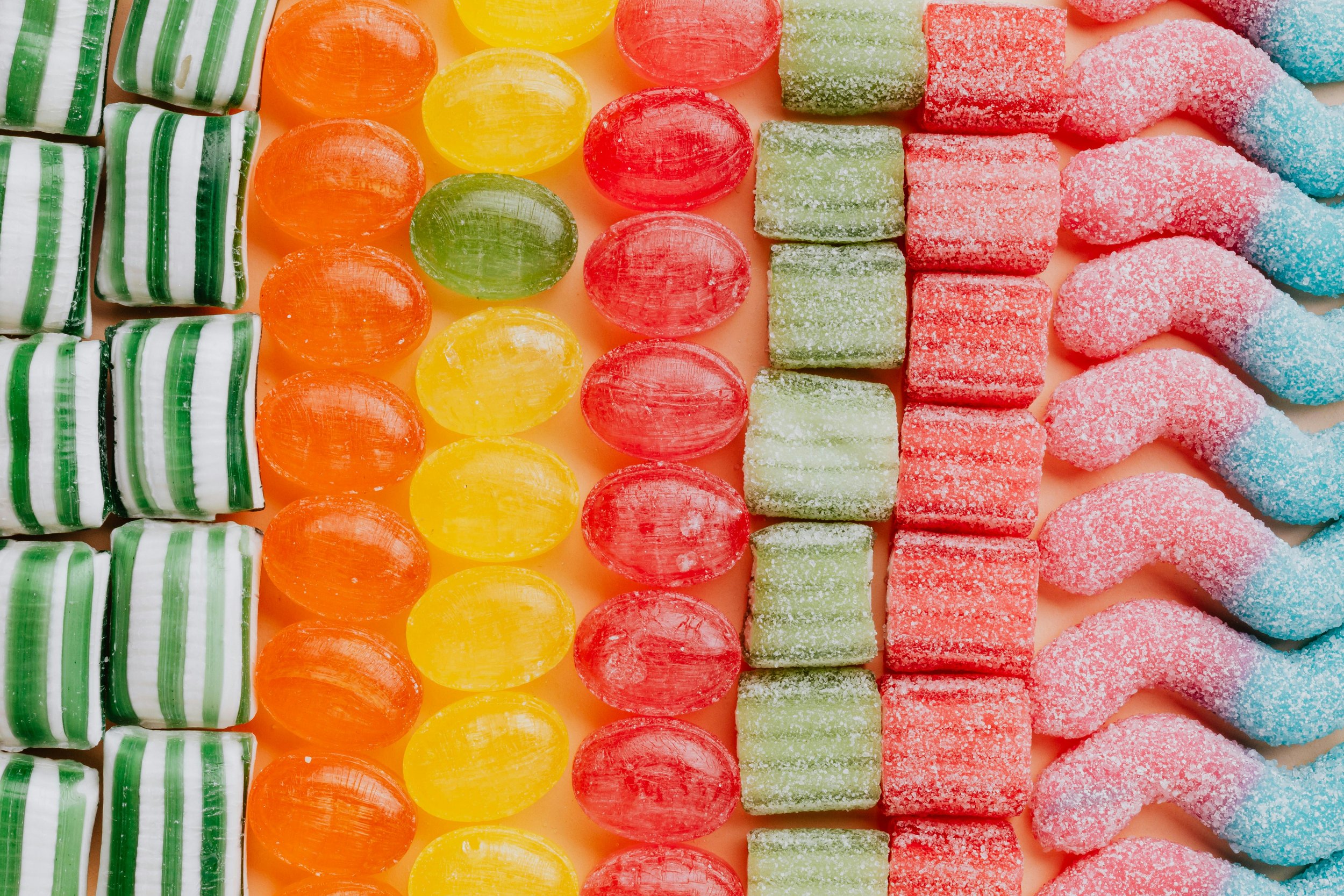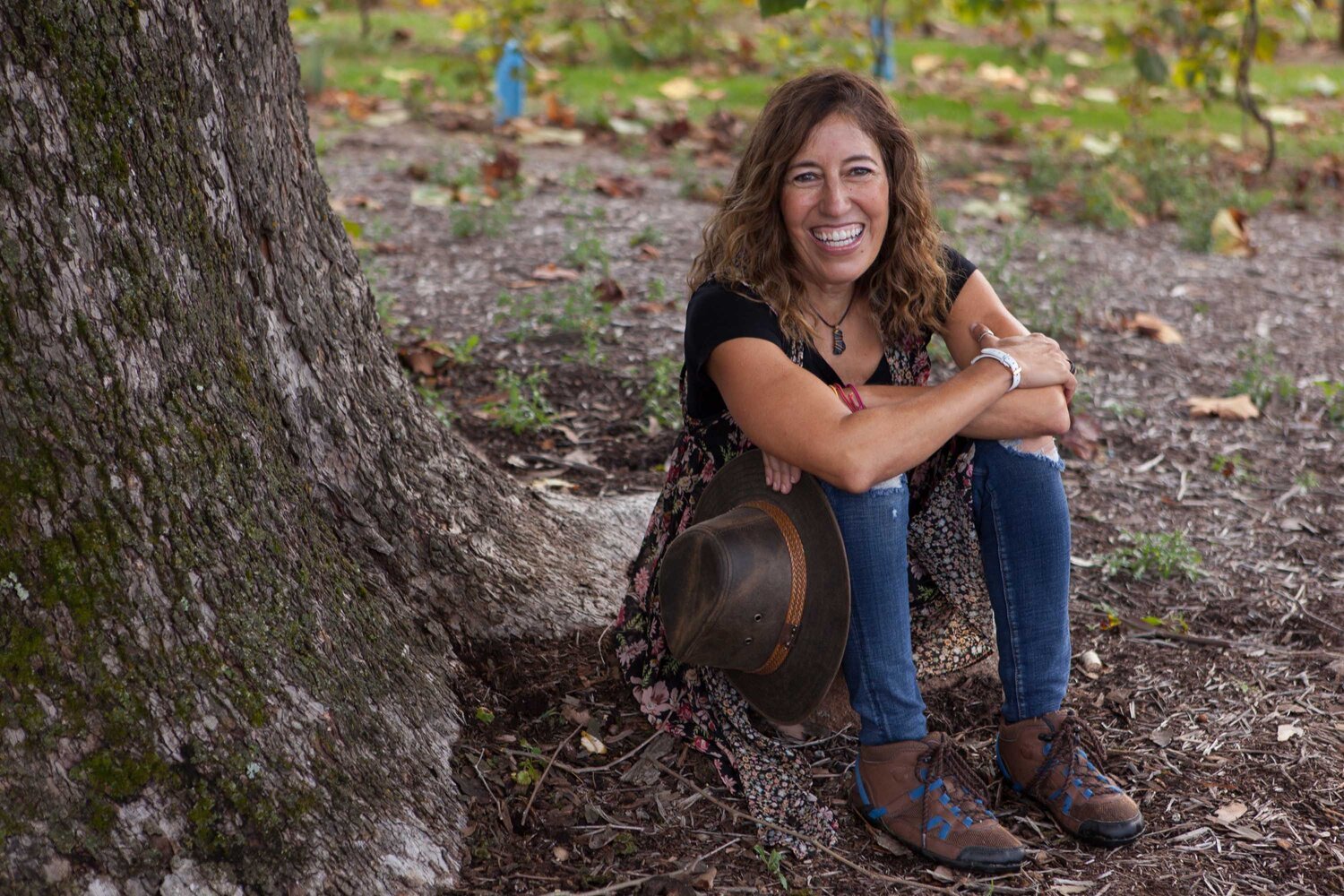The PrimaFoodie Salt Guide
Salt is an essential ingredient in every kitchen. It’s the pinch that brings out the deliciousness in a ragu, uplevels a chocolate cookie to perfection, and makes a slice of melon bright and juicy. This magical substance is a chameleon, filled with talent to make food taste delicious. But it’s common to take this substance for granted and to overlook the critical differences in texture and style.
Welcome to our Guide to Salt: We break down which type of salt to sprinkle over roasted vegetables versus weave into a stew. Plus, we add our recommendations for some of the best small-batch, conscious salt brands out there today.
Salt 101
First, we must start with a breakdown. Salt is a mineral and an essential nutrient. Also known as sodium chloride, it comprises roughly 60 percent chloride and 40 percent sodium.
Salt is a flavor enhancer, natural stabilizer, preservative, and binder. Various cultures have used salt for centuries to cure, enhance, blend, and bind foods. Salt helps to ward off bacteria, which is why ancient and modern cultures have used it for curing and storing.
All salt comes from saltwater (a common misconception!). This means, the salt we harvest and use in our food today, as well as the salt we use for non-culinary uses, comes from either the ocean, saltwater bays or ponds, underground salt reserves (where there used to be oceans eons ago), or other areas where salt water has evaporated and left behind salt crystals.
How Salt Is Cultivated
There are three main types of salt cultivation today:
Mining: This uses excavation methods to extract the rock salt from underground mines (or deposits).
Evaporation: This involves evaporating the salt from seawater sourced directly from the ocean and other saltwater bodies, or natural brines, which are areas of concentrated saltwater found in ponds, lakes, or underground. Harvesters will evaporate the water, leaving behind the salt. This method varies and uses different sources of heat. For instance, Bryon Duty, founder of Pacific Flake Sea Salt, uses a fire evaporation method, which begins with raw seawater, which he then filters into holding tanks and boils to kill off bacteria and create a concentrated brine.
Natural Solar: The sun aids in this process, which involves the natural evaporation of saltwater as it moves through various bodies of water. The solar method only happens in warm and hot climates where rainfall is less than evaporation.
The Different Types of Salt
There are three main types of salt for cooking and eating: table, kosher, and sea salt. The differences are in how the salt was harvested and its grain size. Here's a closer look at each, plus additional types.
Kosher Salt
A small-grain common salt, kosher salt has become the go-to for pinching, sprinkling, and overall cooking. Kosher salt also comes from the history of the Jewish process of koshering meat, but not all kosher salt today is, indeed, kosher. "The rules here are very loose," Byon Duty tells us.
The texture and grain size of kosher salt make it an excellent cooking source because it absorbs easily.
Table Salt
This is the ubiquitous small-grain, heavily processed, highly refined salt found on diner tables throughout the country. Most table salt is cheap, iodized, and pumped with anticaking agents to prevent clumps. Given its high processing and small grains, a small pinch of table salt goes a long way, which is why chefs generally avoid it.
Duty also adds that table salt is cheap because it's a common byproduct of oil extraction. "When searching for oil deposits in the ground, the first clues of oil are high-saline water or brine wells," he says. "This brine deposit sits on top of the oil and is mixed in as it gets deeper. They pump the oil out, which comes with all the brine."
Sea Salt
Salt labeled "sea salt" is supposed to be the salt that has been naturally left behind by an active ocean or another body of seawater and then collected. Therefore, it is not rock salt that has been mined from a deposit. We say "supposed to" here because many companies coyly market their salt as sea salt, so it's best to aim for sea salt from an honest company.
There are various types of sea salt, ranging from large-flaked, geo-shaped salt to expensive versions from France that include super fine-grain "sel gris" (also known as Celtic salt) and rounded "fleur de sel." These types of sea salt are expensive and best used as a finishing salt rather than in cooking.
Rock Salt
This is salt mined from underground deposits, which have formed giant "rocks" that are ground into small grains. One of the most popular types of rock salt today is Pink Himalayan salt, which comes from mines in the Punjab region of Pakistan. Duty warns us that Pink Himalayan and other rock salts have been found to have traces of diesel from the excavation process. (Reports of the conditions in some rock mines are concerning. NPR offersan in-depth report on Pakistani rock salt mines.)
PrimaFoodie-Approved Salt
The wide variety of culinary salts today can be overwhelming. Many companies also slap their salts with marketing jargon, add unnecessary additives, and use poor practices that impact workers and the environment. We love the following for their purity, flavor, and brand ethics.
Pacific Flake Sea Salt
Founder Bryon Duty cultivated his salt by hand, straight from the ocean waters of Northern California.
Maldon Sea Salt
A fantastic finishing salt hand-harvested in Maldon, England.
Jacobsen Kosher Salt
This Oregon-based company sources and cultivates its salts locally in the Pacific Northwest, following ethical practices.
Murray River Salt
This Australian-based company produces salt from ancient aquifers in the Murray Darling basin in South Australia, but it is available in the US in some specialty stores.
Syracuse Salt Company
The father-daughter team behind this brand cultivates their salt from a brine well deep underground, south of Syracuse, New York. It's crisp and clean and perfect for finishing salads and topping fresh fruit.



















